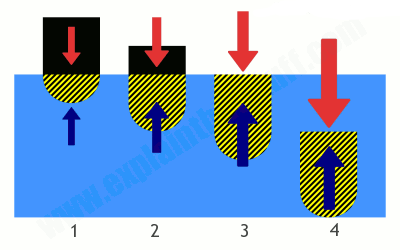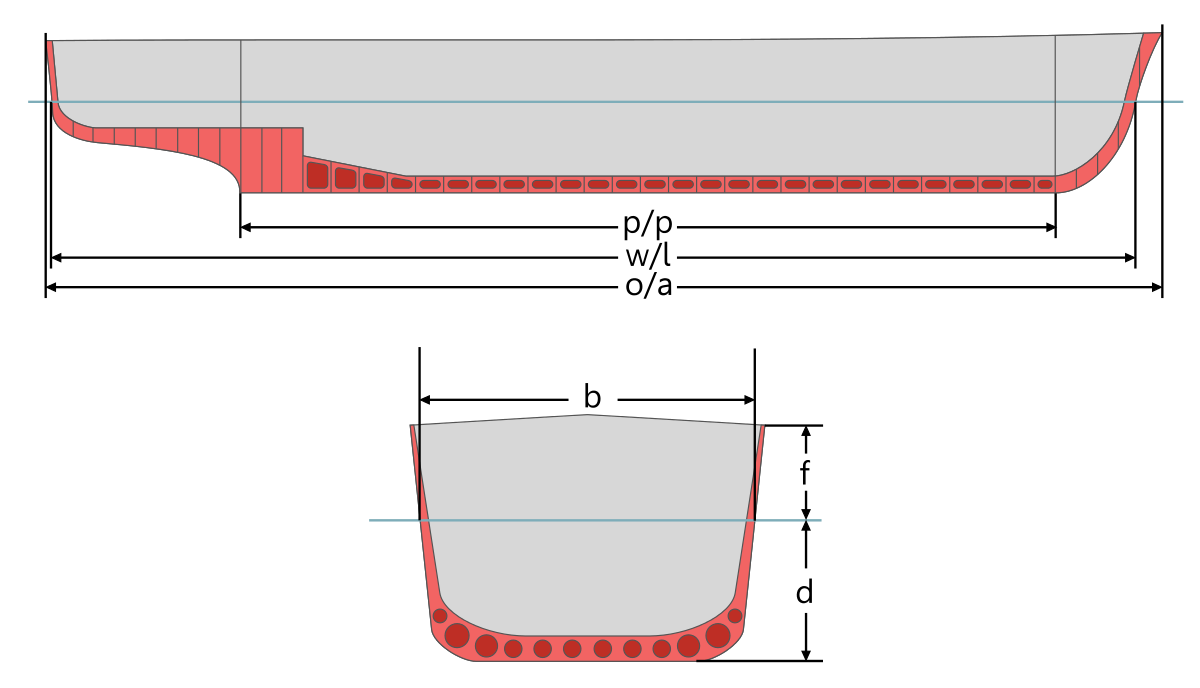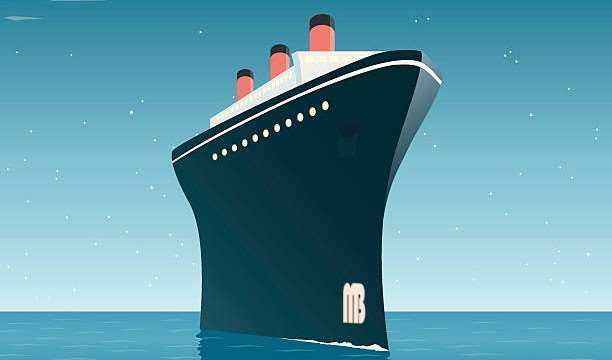The answer to this question is hidden in the density difference. As we all know, objects with a density greater than the density of water sink, and objects with smaller density than the water float, such as wood and plastic. But the interesting thing is that nowadays, instead of wood and plastic, thousands of tons of steel are used in the construction of many ships. Witnessing the sinking of a small iron ball in seconds, we are watching this thousands of tons of steel dance on the water surface. And how does this happen?

Ships are not solid pieces of steel. Instead, it consists mostly of hollow steel shells. These steel shells, which surround the ship layer by layer, trap the air between them, and the trapped air reduces the density of the ship. In this case, it is worth considering that the air is 1/800 of the density of water.


(The above images show the air chambers located on the bottom of the ship.)
But what happens if these chambers are filled with water? Of course the ship will slowly sink. One of the most tragic examples is the Titanic. After the Titanic hit the iceberg, they couldn't block the water entering the ship and this incident led to the ship sinking in a few hours. As a solution to this, naval engineers have put a system called curtain in these gaps between the shells.

(The parts shown in pink in the image above are curtains. The parts shown in shades of blue are the top view of the shells.)
These curtains, the number of which is determined according to the size and weight of the ship, will not transmit the water leaking from any crevice to other rooms, and thanks to this, the ship will be saved from sinking. It will be possible to tow a ship in this situation to the nearest harbor for repair. One of the factors that endanger the ship is excessive cargo or passengers. Every weight that is on the ship causes the density of the ship to increase, which means that the ship is in danger of capsizing. As a solution to this, a ruler has been drawn on the front of the ship that shows how far the ship is under the water. The difference is also understood by the color separation.











Yorumunu Bırak
Comments
0 CommentsHenüz yorum yapılmamış. İlk yorum yapan sen ol.